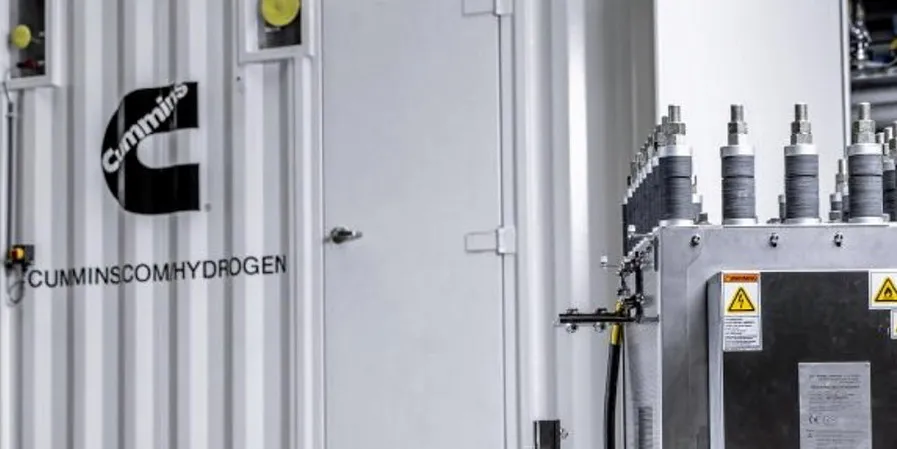Hydrogen electrolyser market booms with '1,000-fold' growth in frame by 2040: Aurora
Over 200GW capacity under development, with vast majority in Europe, as projects forecast to scale up from sub-10MW size to 100-500MW inside five years, says analyst
